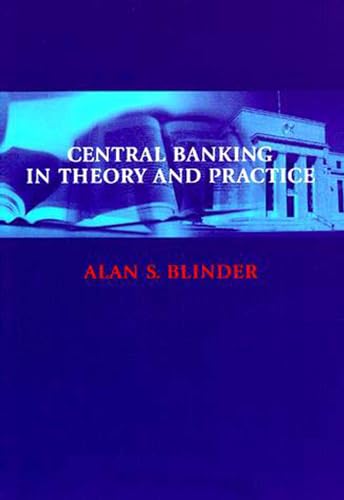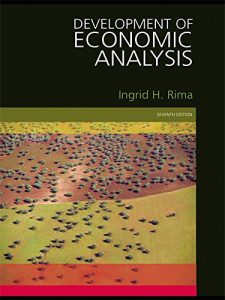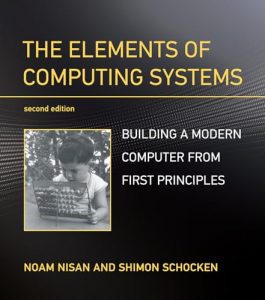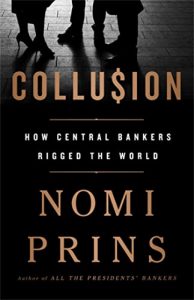1. Central Banking in Theory and Practice (Lionel Robbins Lectures)
Written by the esteemed Alan S. Blinder, this seminal work delves into the intricate workings of central banking, offering readers valuable insights into theory and practice. Blinder transports us through historical contexts and the evolution of policies that shape modern economics. His analysis is not just academic; it’s practical, shedding light on how central banks operate to stabilize economies and manage inflation. This book is a cornerstone for anyone seeking to understand the depth of monetary policy’s impact on our everyday life.

2. The Evolution of Central Banks
Charles Goodhart’s exploration into the historical evolution of central banks is a must-read for anyone passionate about economics. This book traces the development of these institutions from their rudimentary forms to the sophisticated entities they are today. Goodhart’s insights into how different economic environments have shaped central banking practices provide a comprehensive backdrop for current monetary policies. A thought-provoking read that is essential for understanding contemporary economics through the lens of its history.

3. The Economics of Central Banking
Livio Stracca’s book is a modern-day essential, offering readers a rigorous framework to understand the complexities of central banking economics. It encapsulates theories that govern central bank actions and the subsequent macroeconomic effects. What sets this book apart is its blend of theoretical foundations and real-world applications, making it invaluable for students and professionals alike. If you’re keen on bridging the gap between theory and practice in central banking, Stracca’s insights are indispensable.

4. Central Bank Strategy, Credibility, and Independence: Theory and Evidence
Alex Cukierman presents an in-depth analysis of central bank independence, a crucial topic for anyone interested in the efficacy of monetary policy. The book combines theoretical insights with empirical evidence, arguing how credibility and independence can enhance or diminish a central bank’s effectiveness. As it highlights historical case studies and models, readers will find themselves armed with knowledge that is both practical and theoretical, making it an essential addition to any economist’s library.

5. The Alchemists: Three Central Bankers and a World on Fire
Neil Irwin captures the dramatic tale of three influential central bankers in this gripping narrative that intertwines personal stories with global economic crises. This book is not just about policies; it’s about the people behind them and the weight of their decisions during turbulent times. Irwin’s ability to weave storytelling with economic principles provides an engaging read that will resonate with both historians and modern economists. This is a captivating look at the human side of banking.

6. Foundations of Central Banking: The Iraq Model
Dr. Sabih Jibara provides an intriguing examination of the foundations of central banking through the specific lens of Iraq. This book presents a unique case study on how central banking systems can be established in post-conflict societies. Jibara’s analysis is not only beneficial for policymakers but also offers wider lessons applicable to various economic contexts. It’s a compelling read for anyone interested in the rebuilding of financial institutions.

7. Evolution and Procedures in Central Banking
Authored by David E. Altig and Bruce D. Smith, this book covers the procedural evolutions within central banks, shedding light on the changing protocols that define their functions. As the banking landscape continually transforms in response to global financial changes, understanding these procedures is key to grasping the broader economic implications. This work serves as a critical resource for both students and seasoned economists looking to stay abreast of evolving banking practices.

8. The Long Journey of Central Bank Communication
Otmar Issing elaborates on the evolution of communication strategies in central banking in this enlightening volume. Understanding how central banks communicate with the public is crucial for demystifying monetary policy and its effects on the economy. Issing’s exploration of this topic is both timely and relevant, making this read a necessity for current and future practitioners in the field. A scholarly work that will enrich your understanding of central banking’s overarching narrative.

9. The Monetary Policy Strategy of the ECB Reconsidered: Monitoring the European Central Bank 5
This collaborative work by prominent economists presents an updated strategy on the European Central Bank’s approaches to monetary policy. The in-depth analysis covers various aspects of current monetary strategies, providing essential insights for those monitoring the complex dynamics of the European economy. This book is educational for anyone keen on understanding the nuances of European monetary policy and its wider implications in a global context.

10. Central Banking Systems Compared: The ECB, The Pre-Euro Bundesbank and the Federal Reserve System
Emmanuel Apel’s incisive comparison of the ECB, Bundesbank, and the Federal Reserve introduces readers to the similarities and differences across major central banks. This analysis is critical for anyone looking to understand how varying strategies affect economic outcomes globally. A comprehensive exploration that serves as an essential reference for both students and professionals, it breaks down complex concepts into digestible insights.





































